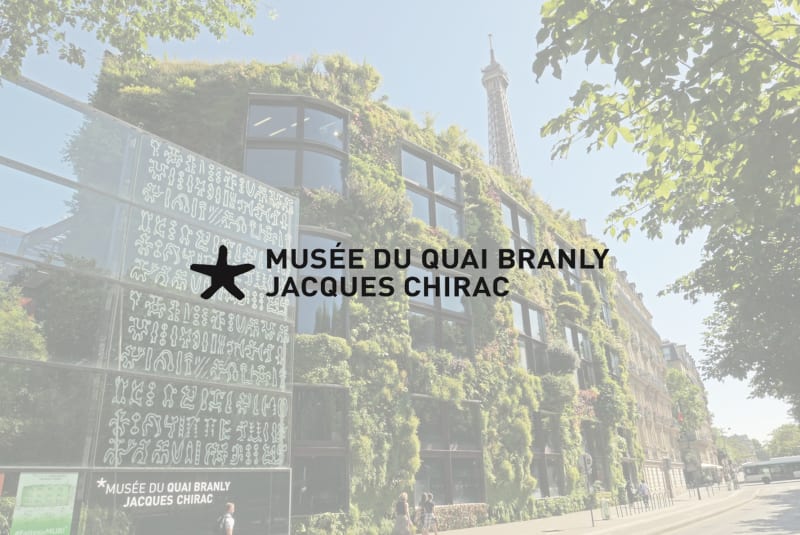The Musée d’Orsay, the Musée de l’Orangerie, the musée du quai Branly - Jacques Chirac and The Museum of Modern Art, New York, pay tribute to Félix Fénéon (1861-1944), an important figure in the artistic world in the late 19th and early 20th century. Anarchist, art critic, editor, gallery director and collector, Fénéon espoused an open-minded vision of creation at a time when art was on the verge of the shift to modernity and strove for the recognition of non-western arts.
In 1920, in what would become one of the founding texts of the musée du quai Branly – Jacques Chirac, he penned the vibrant article “Seront-ils admis au Louvre?” (Will they be admitted into the Louvre?), in which, he called for recognition of “arts from distant lands” seventy years before the “primitive” art collector Jacques Kerchache issued his manifesto. This commitment went hand-in-hand with the development of a remarkable personal collection which features, alongside paintings by his friends Seurat, Vuillard, Toulouse-Lautrec, Braque, Matisse and Modigliani, one of the most important bodies of artworks for Africa and Oceania in his era – including the Fang Mabea statue. A landmark collection, whose worldwide prestige and influence on the artistic avant-garde of the 30s are now beyond debate.
As part of the "Félix Fénéon (1861-1933), Les arts lointains" exhibition, Helene Bailly will lend Théo van Rysselberghe's "Nu debout" (1903) dedicated to Félix Fénéon to the Musée du Quai Branly - Jacques Chirac in Paris.
- X
- Tumblr
